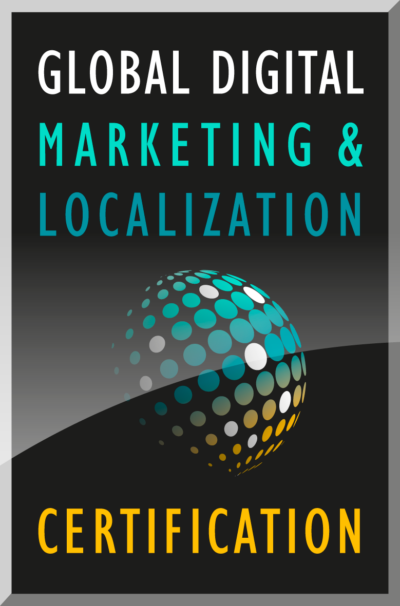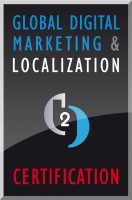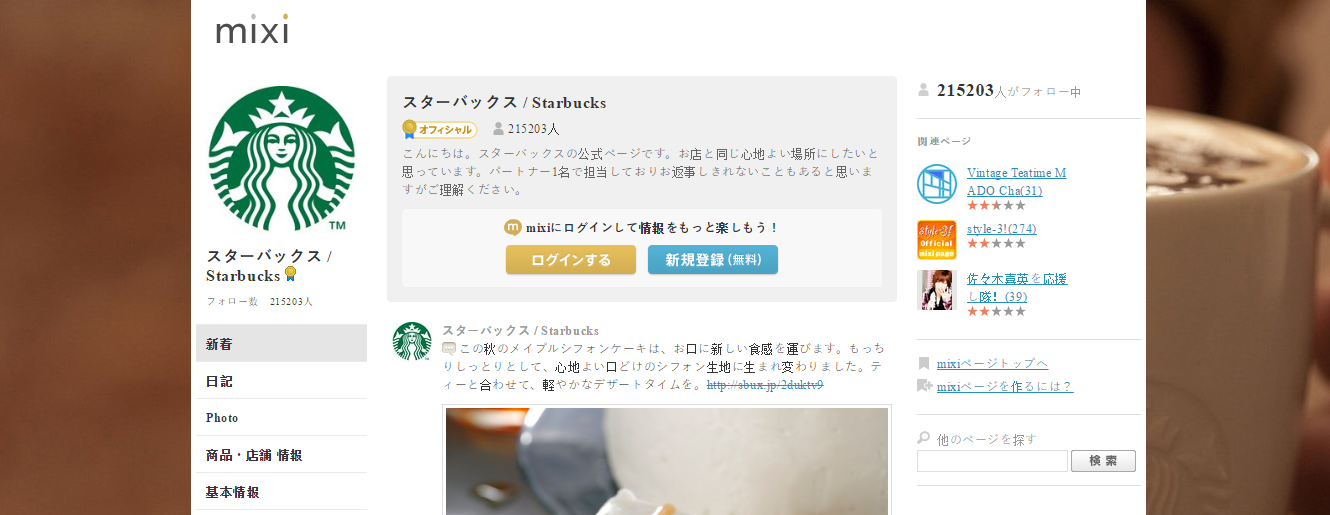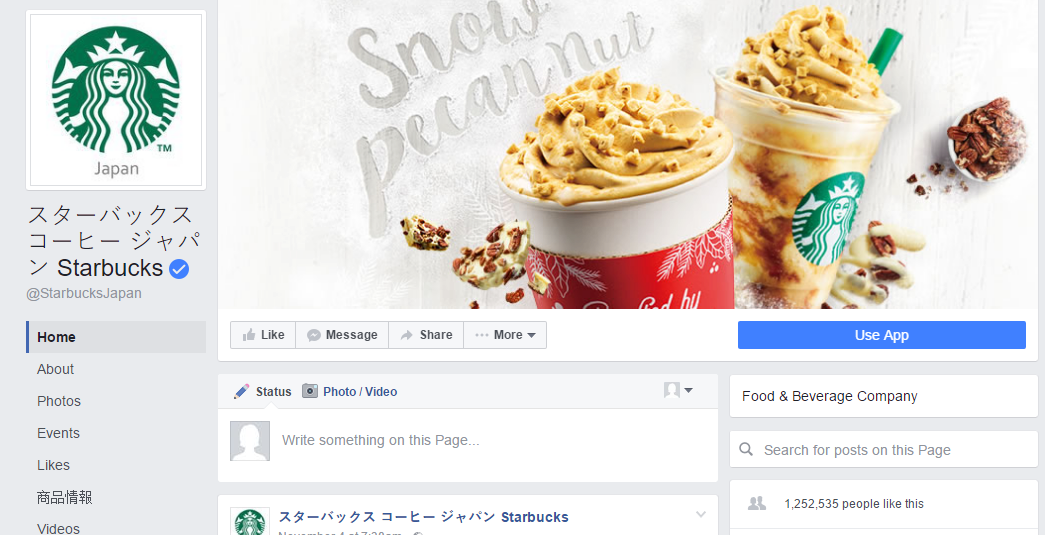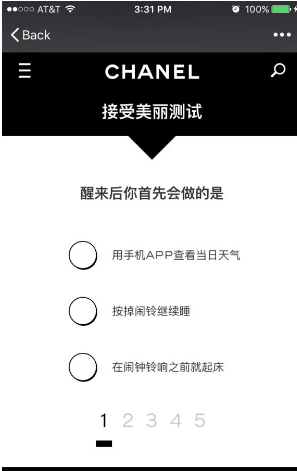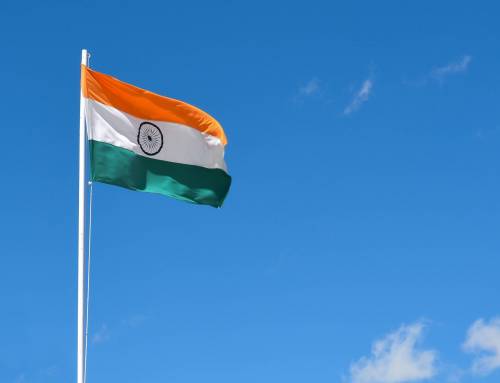This is the final paper presented by Esther Curiel, a recent graduate of the Global Digital Marketing and Localization Certification (GDMLC) program. This paper presents the work being produced by students of The Localization Institute’s Global Digital Marketing and Localization Certificate program. The contents of this Paper are presented to create discussion in the global marketing industry on this topic; the contents of this paper are not to be considered an adopted standard of any kind. This does not represent the official position of Brand2Global Conference, The Localization Institute, or the author’s organization.
Digital marketing is a fast-evolving world. Consumer’s shortening attention spans, the proliferation of online content, and the decreasing effectiveness of some marketing methods (exemplified, for instance, by the rise in the use of ad blockers), all mean that brands need to find new ways to attract customers and build trust and engagement.
Why is social media marketing important?
There are 2.307 billion active social media users worldwide. That’s almost a third of the world’s population –creating, consuming and sharing content through social media platforms. It makes a lot of sense for brands to find their audiences in those channels, where they are already spending a good portion of their online time.
These are some of the benefits brands can gain from social media marketing:
- Brand awareness and promotion: social media platforms allow brands to show their human aspect, and make them more likable and accessible.
- Trust building, through engagement with customers and potential customers. Engagement takes several forms, from the sharing of helpful material (not necessarily always the brand’s own), to conversations with their audience, replies to support queries, and even engaging influencers through activities like blogger outreach, that will help increase the brand’s authority and trustworthiness.
- Lead generation: social media has become an important tool for lead generation, as brands try to move from what Marketo describes as “rented attention” to “owned attention”.
Given this, it comes as no surprise that brands are devoting larger percentages of their budget to social media marketing. According to research from The CMO Survey, published in August 2016, Chief Marketing Officers expect to see their social media marketing budgets doubled within five years.
The current landscape: what’s happening in the international markets?
Marketers are adapting successfully to the new reality for their brands’ core market. They are active in the main social networks (Facebook, LinkedIn, Twitter, Google+, Instagram, Snapchat, etc), know which ones are favoured by their intended audience, what the best times for posting are, what type of content will drive most engagement, and even how may leads came from social media channels.
But when it comes to a brand’s international markets, however, the picture is very different.
Global audiences present tremendous opportunity -but the very nature of social media, with the two-way conversations that it can generate, and the differences in usage from one market to another, bring significant challenges for brands.
This disconnect between social media marketing efforts for domestic and international markets is not surprising, as social media marketing is a relatively new phenomenon. Few brands have successfully adapted their social media strategy for their global markets.
Below are some examples of brands that are getting it right, with social media channels and content appropriate for each region.
Starbucks page on Mixi for the Japanese market. Although Mixi has been losing ground to Facebook in recent years, it still remains a popular social network in Japan. Starbucks also has a profile in Facebook (see below).
Chanel’s fashion test on WeChat, aiming to engage Chinese audiences.
Hootsuite’s Twitter account for the Spanish market, engaging with their followers by replying to their comments, and sharing helpful content. It is also noteworthy that Hootsuite maintains a separate Twitter account for their Latin American market.
Other Hootsuite Twitter accounts for different Western markets. These have different content for each market, rather than just translating the tweets on the corporate Twitter account. They also share content from different local sources, creating genuine engagement with the local audience.
These are examples of brands that are engaging with their global customers in a relevant way. They are making the most of what social media has to offer.But more often than not, brands are simply localizing material they had already created for their domestic market (such as specific blog posts), without further intention to engage with their international audiences –or even more commonly, they are fully ignoring international social media, and missing out on its potential to generate revenue.
Why is this, when it is so clear that social media marketing has an important role in activities like lead generation, that impact an organization’s bottom line?
One reason is that organizations are still learning how to develop their social media marketing strategies for their domestic market – so it’s no surprise they’re not even thinking about adapting these to their international markets. In-country marketing departments might sometimes step up to the task, but the efforts can be uncoordinated and inconsistent if there is no strategy behind them. The additional complexities that international markets bring with them (different cultural norms, language, social media channels, etc) can also seem daunting.
The next frontier: social media marketing for international markets
Brands have become adept at adapting their messages for global audiences, and localization partners have been helping them do this through services like website translation, transcreation, content creation for international markets, multilingual search engine optimisation, etc.However, in order to reap the full benefits from social media marketing, brands need to go one step further and be able to listen, react and engage with their audience, in their local language. Localized posts and campaigns published for a certain market will trigger interactions from the users –and companies need to be able to respond and capitalize on these.
How can companies monitor and listen? How can they respond or support the customer, in the customer’s own language -and in the short time spans that social media users expect-, when they don’t often have the manpower and bandwidth to manage their social channels in-country for each of the markets they serve? For this, the marketing and localization professions need to come together and learn to collaborate in a more efficient fashion. Resourcing and training models needs to evolve, to take the new realities into account and facilitate two-way conversations with the audience. Social listening and social intelligence tools need to be used in order to glean insights from the various markets, to fine-tune strategies for each region and to be able to handle crises expediently. And efficient information flows between the different teams within the organization, and their marketing and localization partners, need to be established.
The challenges are significant, but so are the opportunities social media can create.
Additional Resources:
Digital marketing & social media marketing:
Hubspot – 2016 State of Inbound Marketing: http://blog.hubspot.com/marketing/state-of-inbound-2016#sm.00001f8u1f7g5eekhsmscl18erj2h
We Are Social – Global Digital Snapshot: http://www.slideshare.net/wearesocialsg/digital-in-2016/
Articulate – Why you should be using social media marketing: https://www.articulatemarketing.com/social-media-marketing
Social media marketing for lead generation:
Hootsuite – How to generate leads from social media: https://blog.hootsuite.com/how-to-generate-leads-on-social-media/
Marketing Insider Group – A complete guide to social media –based lead generation: https://marketinginsidergroup.com/content-marketing/complete-guide-social-media-based-lead-generation-software-companies/
Marketo – The definitive guide to social media marketing: https://www.marketo.com/definitive-guides/lead-generation/
Copyright © 2016 The Localization Institute. All rights reserved. This document and translations of it may be copied and furnished to others, and derivative works that comment on or otherwise explain it or assist in its implementation may be prepared, copied, published, and distributed, in whole or in part, without restriction of any kind, provided that the above copyright notice and this section are included on all such copies and derivative works. However, this document itself may not be modified in any way, including by removing the copyright notice or references to The Localization Institute, without the permission of the copyright owners. This document and the information contained herein is provided on an “AS IS” basis and THE LOCALIZATION INSTITUTE DISCLAIMS ALL WARRANTIES, EXPRESS OR IMPLIED, INCLUDING BUT NOT LIMITED TO ANY WARRANTY THAT THE USE OF THE INFORMATION HEREIN WILL NOT INFRINGE ANY OWNERSHIP RIGHTS OR ANY IMPLIED WARRANTIES OF MERCHANTABILITY OR FITNESS FOR A PARTICULAR PURPOSE.
Author Bio:
 Esther Curiel is a Localization and Globalization specialist who has been helping organizations reach their global customers for over 15 years. She has a strong background in content quality management, and more recently she has developed an interest in Content Marketing and the challenges of creating great user experiences across global markets.
Esther Curiel is a Localization and Globalization specialist who has been helping organizations reach their global customers for over 15 years. She has a strong background in content quality management, and more recently she has developed an interest in Content Marketing and the challenges of creating great user experiences across global markets.
You can connect with Esther on LinkedIn or Twitter.



